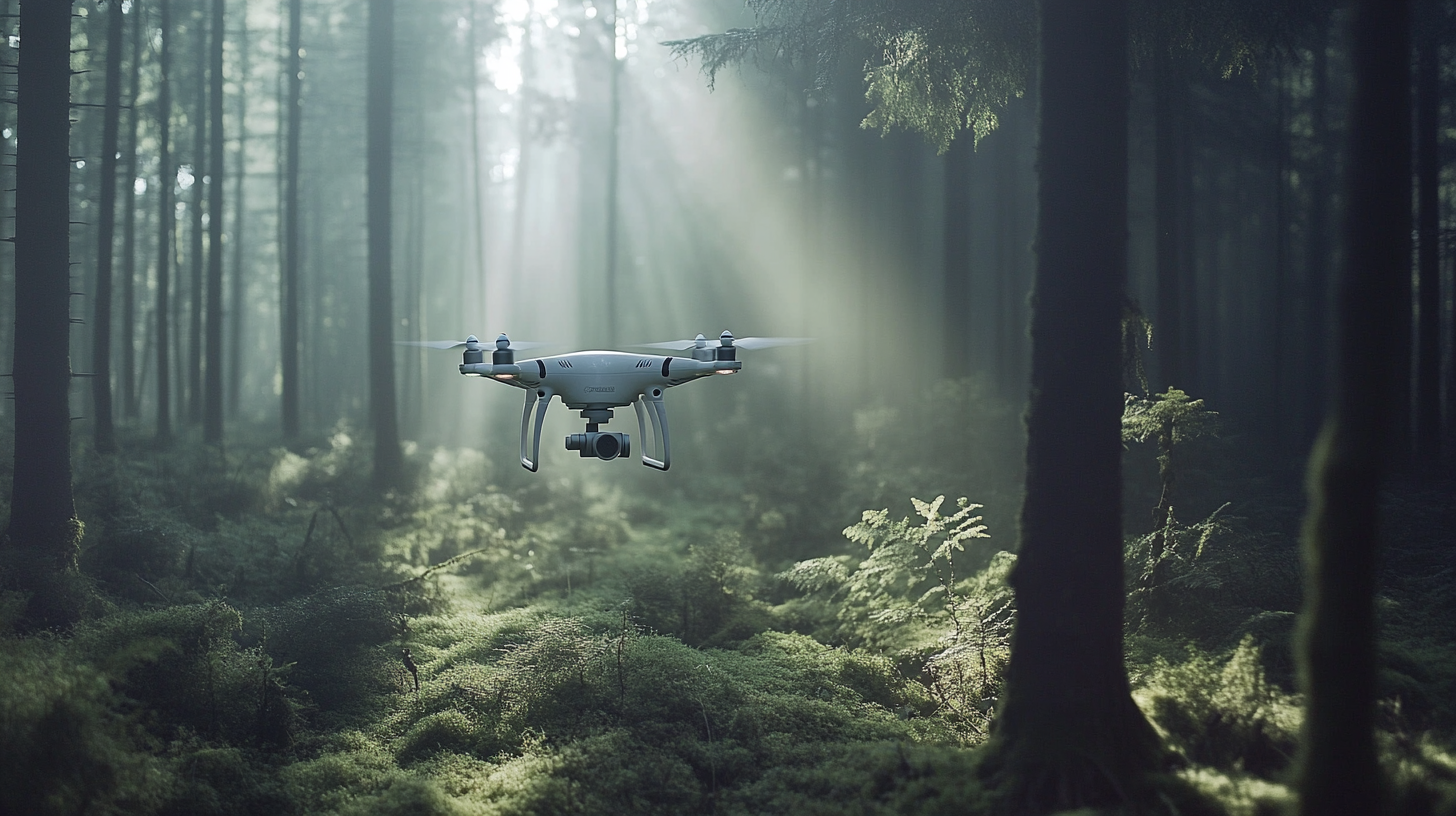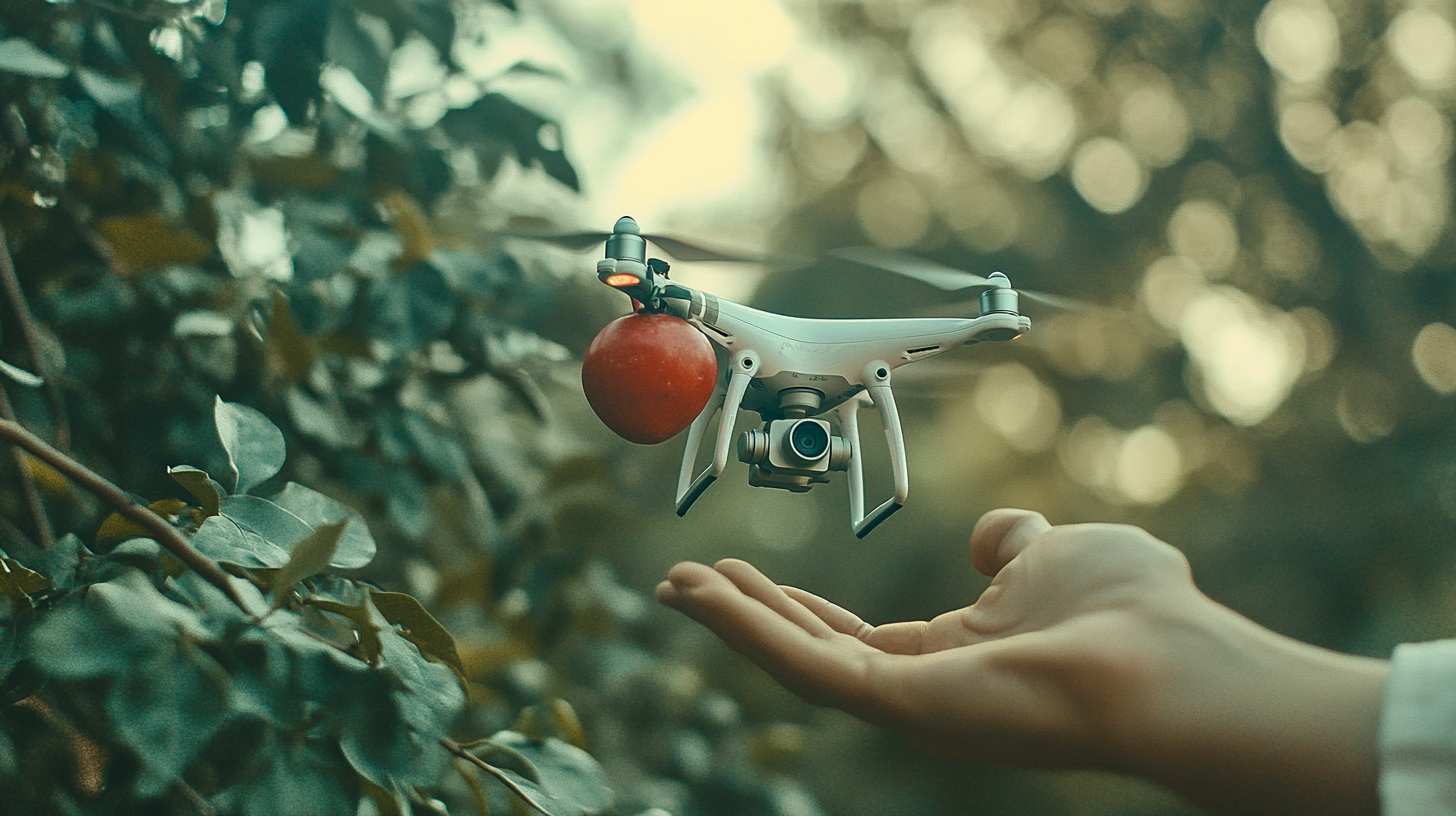Exploring the Essential Specifications of Drones with Camera Capabilities
In recent years, drones equipped with camera capabilities, often referred to as "Drone Com Camera," have become increasingly popular across various fields, ranging from photography and videography to agricultural monitoring and search and rescue operations. These innovative devices offer a unique vantage point that captures stunning aerial footage and provides essential data that was previously difficult or impossible to obtain. As we explore the essential specifications of these drones, it becomes crucial to understand what makes a Drone Com Camera stand out in a competitive market. Factors such as image resolution, flight time, stability, and ease of use play significant roles in determining the effectiveness of a drone’s camera system. Whether you are a hobbyist looking to enhance your photography skills or a professional seeking to leverage aerial imagery for business purposes, understanding these specifications is key to making an informed purchase. Join us as we delve deeper into the fascinating world of camera drones and unravel the features that elevate their performance and usability.

Key Camera Features to Look for in Drones
When selecting a drone equipped with camera capabilities, understanding key camera features is crucial for maximizing your aerial photography and videography experience. One of the most important factors to consider is the camera sensor size. Larger sensors generally capture more light, leading to better image quality, especially in low-light conditions. For those interested in high-resolution images, drones with 4K or even higher resolution cameras are worth looking into, as they offer finer details and more flexibility during editing.
Another essential specification is the lens type and focal length. Drones with adjustable or interchangeable lenses provide greater versatility, allowing photographers to capture everything from sweeping landscapes to tight close-ups. Additionally, consider drones with features like gimbal stabilization, which helps eliminate shaky footage and ensures smooth video recording. High frame rates are also beneficial for capturing fast-moving subjects without motion blur, making them ideal for action shots or sports events. Pay attention to these camera features to find a drone that aligns perfectly with your creative vision and requirements.
Exploring the Essential Specifications of Drones with Camera Capabilities - Key Camera Features to Look for in Drones
| Camera Resolution |
Sensor Type |
Max Video Quality |
Field of View |
Stabilization Technology |
Battery Life |
| 12 MP |
CMOS |
4K at 30fps |
90 degrees |
3-axis gimbal |
30 minutes |
| 20 MP |
1-inch CMOS |
4K at 60fps |
84 degrees |
2-axis stabilization |
28 minutes |
| 48 MP |
Back-illuminated CMOS |
6K at 30fps |
100 degrees |
3-axis gimbal |
35 minutes |
| 16 MP |
CMOS |
1080p at 60fps |
75 degrees |
Digital stabilization |
25 minutes |
Understanding Drone Flight Performance for Optimal Photography
When considering drone flight performance for optimal photography, several essential specifications come into play. Advanced image quality is paramount; modern drones are equipped with high-resolution sensors and stabilization technology that allow for capturing breathtaking aerial shots. These features are particularly important for photographers seeking to create stunning visuals, as smooth flight dynamics and robust camera capabilities significantly enhance the creative possibilities.
Additionally, flight duration and range are crucial factors to keep in mind. The best drones currently on the market offer impressive battery life, allowing users to capture extended footage without frequent recharges. Coupled with advanced collision avoidance systems, these drones not only provide safety during flight but also allow users to focus on capturing the perfect shot without worry. As the drone camera industry evolves, these specifications continue to set the foundation for producing high-quality imagery, making them indispensable tools for both amateur enthusiasts and experienced professionals alike.
Camera Capabilities of Drones
Comparison of Camera Types in Drones: DSLR vs. Mirrorless
When it comes to drones equipped with camera capabilities, the choice between DSLR and mirrorless camera types significantly impacts the quality and versatility of aerial photography. DSLRs, known for their robust build and optical viewfinder system, offer excellent image quality and battery life. The large sensor size typically found in DSLRs allows for stunning high-resolution images, making them a solid choice for enthusiasts who prioritize image quality over weight and portability. However, their bulk can be a disadvantage for drones where weight is a critical factor.
On the other hand, mirrorless cameras have gained traction in the drone market due to their compact design and advanced features. Lacking the mirror system of traditional DSLRs, these cameras are lighter and smaller, enabling drones to carry higher payloads or be more agile in the air. Additionally, mirrorless cameras often offer superior video capabilities and faster autofocus systems, making them appealing for videographers looking to capture dynamic shots. Their electronic viewfinders also provide real-time exposure information, giving pilots an edge in challenging lighting conditions. Ultimately, the choice between DSLR and mirrorless cameras in drones falls to the specific needs of the user, whether they prioritize image quality, weight, or advanced shooting functionalities.

Advanced Image Stabilization Techniques for Aerial Photography
When it comes to aerial photography, capturing stable, high-quality images can be a challenge due to the inherent vibrations and movements of drones. Advanced image stabilization techniques play a crucial role in ensuring that the final footage is smooth and visually appealing. One of the most effective methods employs gimbals—mechanical devices that use motors to counteract drone movements in real-time. By isolating the camera from the drone’s frame, gimbals allow for fluid transitions and keep the camera steady, even in windy conditions or during rapid maneuvers.
Another technique gaining popularity is electronic image stabilization (EIS), which utilizes software to reduce blurring and shake in post-processing. With advancements in technology, EIS can now work seamlessly in real-time, correcting distortion as it occurs. This method is particularly advantageous for capturing fast-moving subjects or when the drone is flying at high speeds, providing photographers with the peace of mind that their images will remain sharp and clear. As drone technology continues to evolve, these stabilization techniques will undoubtedly enhance the quality of aerial photography, allowing both amateurs and professionals to unleash their creativity without compromising on image stability.
Camera Drone Specifications and Image Stabilization Techniques
Legal Considerations for Flying Drones with Cameras
When considering the use of drones equipped with camera capabilities, understanding the legal landscape is vital. Drones, or Unmanned Aerial Vehicles (UAVs), have transformed from mere hobbyist gadgets into powerful tools for law enforcement and urban management. With advancements in technology, particularly in algorithms enabling autonomous flight, these devices can now effectively monitor traffic violations and other public safety concerns. However, their deployment raises significant legal questions, particularly regarding privacy rights.
The recent discussions around drone legislation, such as the proposed regulations from the U.S. government to allow the shooting down of rogue drones, highlight the growing need for clear legal frameworks. As local law enforcement agencies, like those in Shanghai, begin utilizing drones to enforce traffic laws—capturing violations like texting while driving—concerns about invasion of privacy also come to the fore. How these technologies are used and monitored remains a contentious issue, necessitating a careful balancing act between effective governance and individual freedoms. The evolution of drone capabilities must be accompanied by equally robust legal guidelines to ensure responsible usage that respects citizens' rights.
